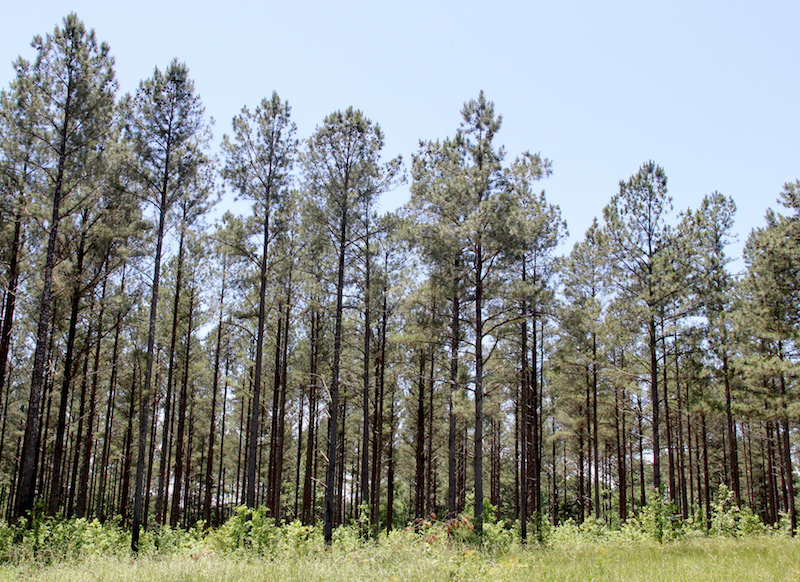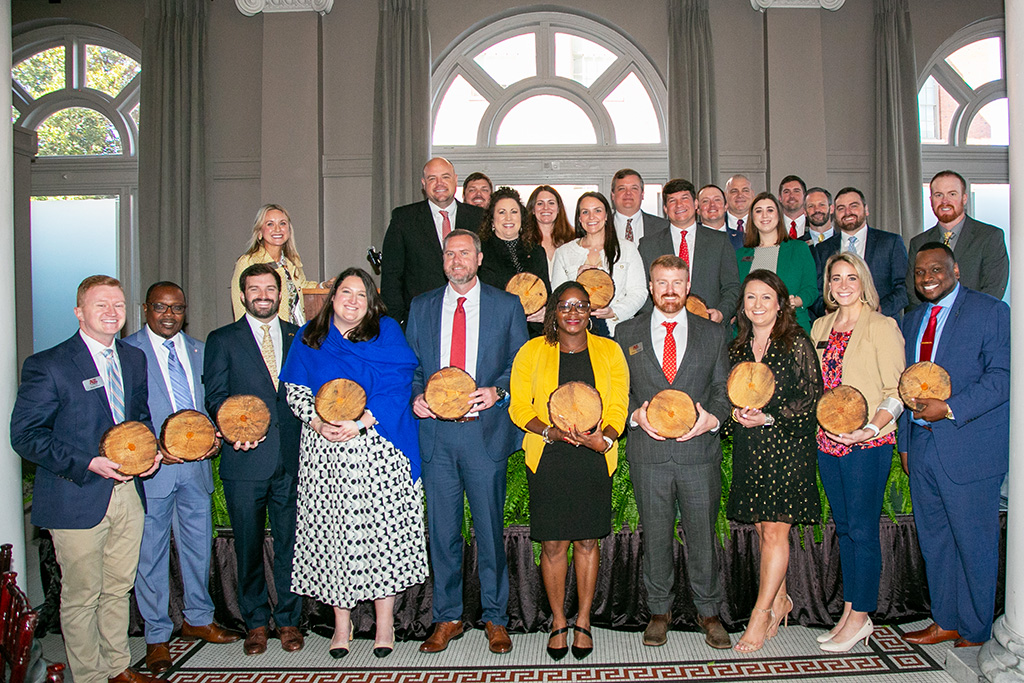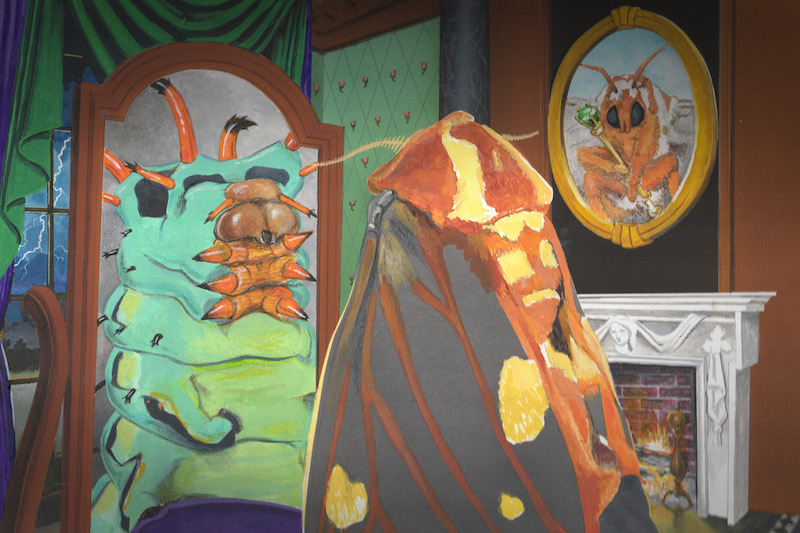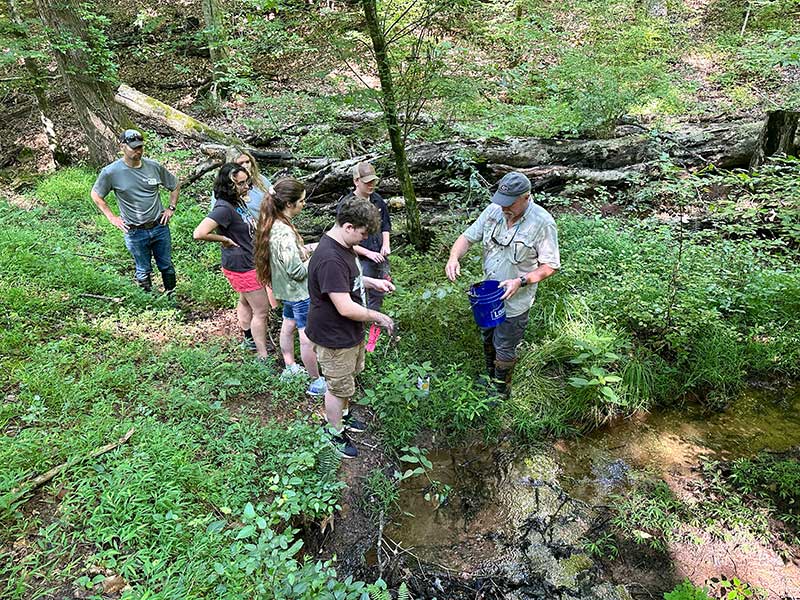Proper management of a pine stand requires thinning in order to prevent disease and insect infestation and to maximize profit. Thinning is the process of cutting or removing certain trees from a stand to regulate the number, quality and distribution of the remaining trees.
Commercial pine timber is typically grown for pulpwood, chip-n-saw lumber, saw timber and, less commonly, veneer. The growing process takes between 30 and 40 years, depending on the manager’s end goal and the quality of the site where the trees are growing.
Harvest time for pulpwood and veneer depends on a rotational age and site index. Stand age for a pulpwood harvest is between eight and 10 years. This is the age at which canopy closure often occurs and young trees compete for light and nutrients, causing stress. Stands at this stage are not often thinned due to the low or lack of market value of pulpwood.
Chip-n-saw timber harvest generally occurs when trees are between 15 and 20 years of age. The first thinning that occurs in a stand happens during this harvest age and usually has commercial value. Saw timber is harvested last and it is often the final cutting that occurs in most commercial stands.
Thinning, whether it is precommercial or commercial, benefits the timber stand and the owner of the stand. Reducing stand density reduces competition for nutrients, space and light and improves the vigor, growth rate and overall quality of the remaining trees.
Decreasing competition within the stand also reduces the likelihood that trees will be stressed due to lack of resources. Stressed trees are more susceptible to diseases and insects.
The landowner benefits from thinning because growth is concentrated in fewer, faster-growing trees. The time required for trees to reach harvestable size is reduced. Larger trees bring higher stumpage prices and only quality trees are permitted to grow to final harvest. Eliminating the number of low-value trees maximizes profit.
Trees that could stagnate or die before final harvest can be profitable, too. Intermediate harvests can provide periodic income, enhance fire protection and benefit wildlife.
Beyond thinning, prescribed fire is a wonderful management tool within a timber stand. Prescribed fire controls thick underbrush, reduces fuel loads, recycles nutrients and provides forage for wildlife. After thinning, foresters should apply forestry-grade herbicide and perform a winter burn to free nutrients and reduce fuel loads in the stand. Fuel-load reduction is essential because it reduces the intensity of wildfires that can damage trees.
Commercial timber represents 87.4 percent of Georgia’s forestry and forestry products, according to the 2015 farm gate value report from the University of Georgia Center for Agribusiness and Economic Development. Forest industry production and processing accounted for an economic contribution of $17.7 billion and over 73,300 jobs in 2015.
Proper management practices must take place to protect timber stands from disease and insects and to maximize their value. While precommercial thinning is often not profitable, it should be used to cut stand density to reduce stress. This practice can save money and can increase the value of the timber in the long run. For more advice on managing pine stands, contact a professional forester or your local UGA Cooperative Extension agent.








